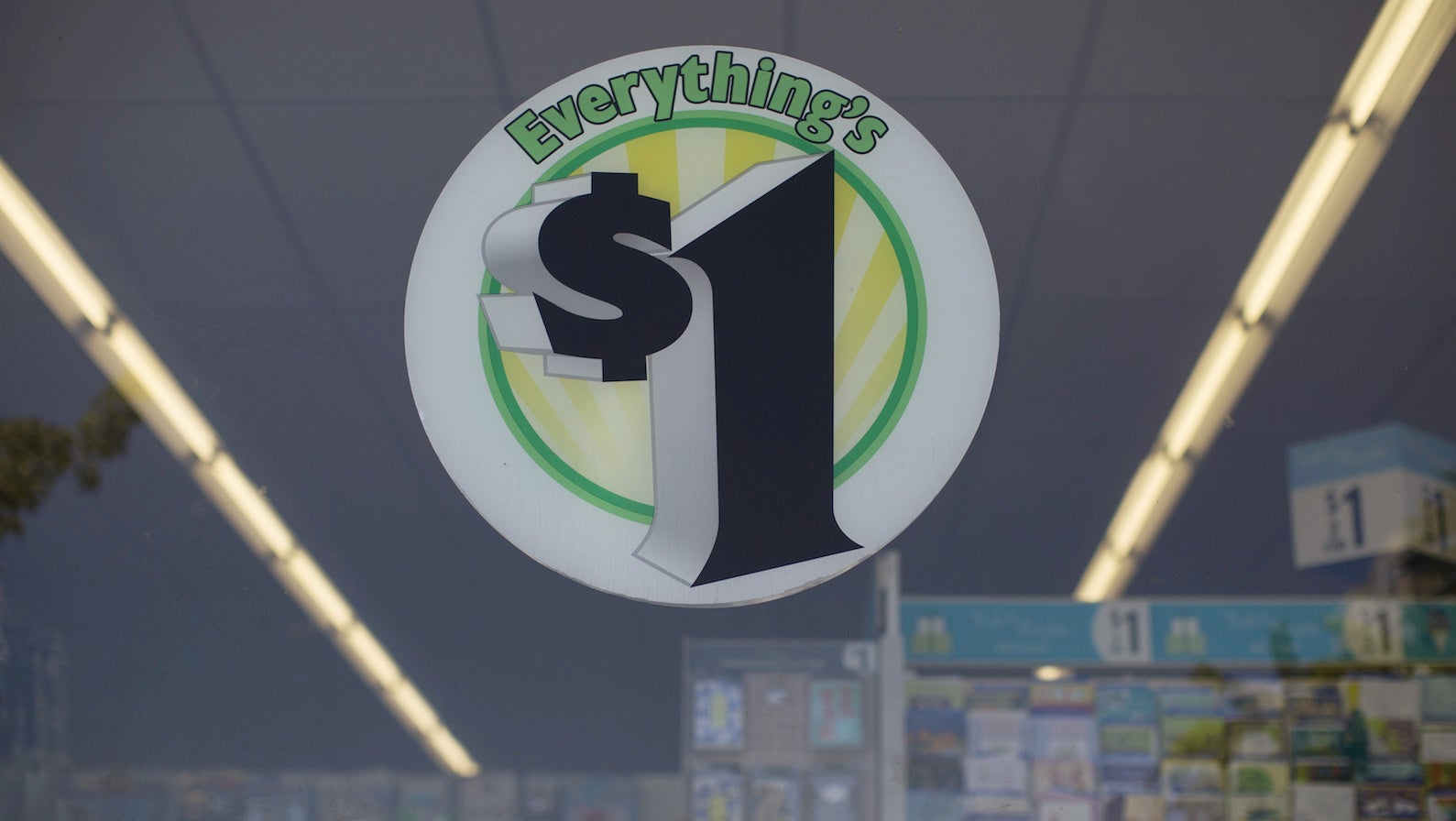Why dollar stores are replacing supermarkets in low-income neighborhoods
We’re in the midst of a dollar store boom. They’re especially prevalent in low-income neighborhoods.


We’re in the midst of a dollar store boom. They’re especially prevalent in low-income neighborhoods.
At last count, in 2016, there were 30,496 dollar stores, stocking a wide range of goods at around a dollar or less, in the US. By 2021, the number of Dollar Generals, Family Dollars, Dollar Trees, 99 Cents Only, and their many thousands of homegrown imitators is expected to reach 38,000, according to calculations by food retailing consultant Willard Bishop. But those so-called savings come at a cost, and the people forced to pay are often those least able.
One by one, dollar stores have replaced full-service grocery stores in some of the US’s most impoverished neighborhoods, sometimes receiving tax incentives to do so. In the poorest areas of North Tulsa, Oklahoma, for instance, there are dozens of dollar stores, but not a single full-service grocery store. Despite local legislation to curb their growth in states including Texas, Louisiana, and Oklahoma, their expansion shows no sign of stopping. While some are corporately owned, many are franchised. Liberty Opportunities, which brokers these franchises arrangements, promotes them as a good investment even in times of scarcity: “During the recession, dollar stores continued to stay strong and achieve profits.”
For these franchisees, the economics mean it makes perfect sense to open a dollar store rather than a grocery store: Without stocking perishables such as meat, fruit, or vegetables, managers can avoid leaving a margin for spoilt produce, refrigeration costs, or other issues of stock management.
But these are hardly neighborhood assets. They plunge residents into food insecurity by obliging them to furnish their diet with comparatively expensive, unhealthy options and further trapping them in cycles of poverty and ill-health. African-American residents, the elderly, and those on fixed incomes are a particular target—and those with the fewest alternative options.
It’s bad for the community in other ways, too: The corporate policies of dollar stores often limit how much they can support the community and its sports teams or faith-based organizations, compared to grocery stores. What’s more, they employ as much as 50% fewer staff than grocers, in jobs with few transferable skills and pay as little as legally possible (and sometimes even less than that).
Even the highest salaries are still quite low—a manager might earn a maximum of $40,000—and overtime can be both unpaid and expected. Employees fight back where they can via frequent class-action lawsuits, but it’s a losing battle when no other local jobs are available. All this helps to contribute to a permanent underclass.
Speaking at a Goldman Sachs retailing conference in 2017, Dollar General CEO Todd Vasos explained how the rise of this underclass stood to benefit the company. The “middle-class continues to go away, unfortunately, to the lower end of the economic scale versus the higher end,” he said. “So as this economy continues to chug along and creates more of our core customer, I think there’s going to be more and more opportunities for us to get in and build more stores.” Better still for investors, the building of stores even helps to perpetuate the economic divide.
To add insult to injury, shoppers often have the false impression they’re enjoying big savings. Relatively healthy goods, such as flour or raisins, are usually more expensive by weight at dollar stores than at Walmart or Costco, according to analysis by The Guardian. But because they’re sold in smaller bags, they seem cheaper—resulting in customers opting to visit the dollar store rather than their local supermarket, if the option is available.
Other products might include cheaper bargain knock-offs of name-brand items, or items other companies have struggled to sell: discontinued products, last season’s items, and over-stocked merchandise. Name-brand items such as Tide laundry detergent or Planters mixed nuts are sold in smaller containers for more money. The price on the sticker may be low—an important factor for those with limited income—but the savings are actually non-existent.
In 2015 , this apparently high-margin strategy left investors seeing the potential for even more dollar signs. Following a bidding war, Dollar Tree eventually stumped up $9 billion for Family Dollar. In the years since, they’ve struggled to make it bear fruit, with problems compounded by neglected or poorly-managed stores, poor product selection and miserable workers: Dollar Tree’s stock has fallen around 15% in the past year, with investors now pushing for a rise in prices (to $2, rather than $1), a potential sale, or both.